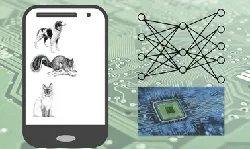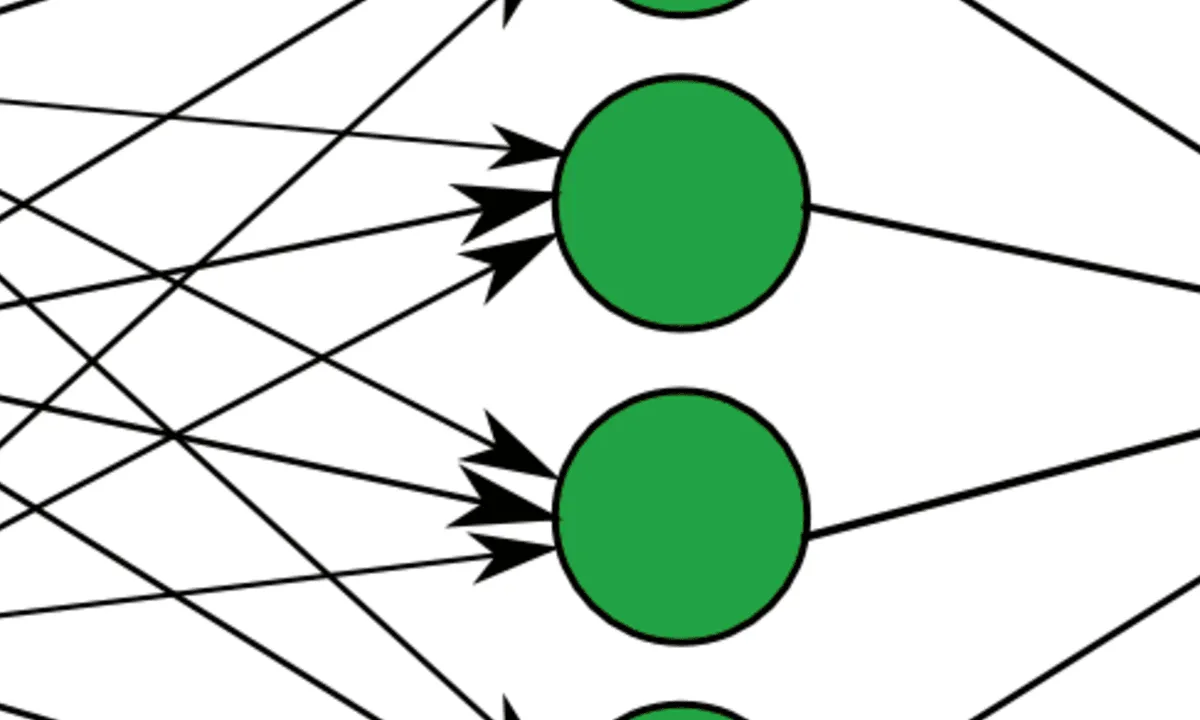
Computer Vision for Embedded Systems 
This course explores the use of computer vision (OpenCV and PyTorch) on embedded systems such as Raspberry Pi and Jetson. It examines methods to optimize resource constraints and maximize performance, such as quantization and model pruning. Students will gain an understanding of how to apply computer vision to embedded systems. ▼
ADVERTISEMENT
Course Feature
![]() Cost:
Cost:
Free
![]() Provider:
Provider:
Edx
![]() Certificate:
Certificate:
Paid Certification
![]() Language:
Language:
English
![]() Start Date:
Start Date:
Self paced
Course Overview
❗The content presented here is sourced directly from Edx platform. For comprehensive course details, including enrollment information, simply click on the 'Go to class' link on our website.
Updated in [March 06th, 2023]
Learners can learn from this course:
1. Overview of running computer vision on embedded systems: Learners will gain an understanding of the fundamentals of computer vision and how to apply it to embedded systems such as Raspberry Pi and Jetson.
2. Resource constraints: Learners will learn about the resource constraints imposed by embedded systems and how to reduce resource requirements through methods such as quantization and pruning.
3. Programming assignments and projects: Learners will have the opportunity to apply their knowledge through programming assignments and projects proposed by the students.
4. Technologies: Learners will use Google Colab for programming assignments and read recently published papers.
[Applications]
After this course, students should be able to apply the concepts learned to their own projects. They should be able to use OpenCV and PyTorch on embedded systems, and be able to use quantization and pruning to reduce resource requirements. Additionally, they should be able to use Google Colab for programming assignments.
[Career Paths]
1. Embedded Systems Engineer: Embedded systems engineers are responsible for designing, developing, and testing embedded systems for a variety of applications. They must be knowledgeable in computer vision, hardware, and software development. As the demand for embedded systems increases, so does the need for embedded systems engineers.
2. Computer Vision Engineer: Computer vision engineers are responsible for developing and implementing computer vision algorithms for a variety of applications. They must be knowledgeable in computer vision, machine learning, and software development. With the increasing demand for computer vision applications, the need for computer vision engineers is also increasing.
3. Robotics Engineer: Robotics engineers are responsible for designing, developing, and testing robots for a variety of applications. They must be knowledgeable in computer vision, robotics, and software development. As the demand for robots increases, so does the need for robotics engineers.
4. Autonomous Vehicle Engineer: Autonomous vehicle engineers are responsible for designing, developing, and testing autonomous vehicles for a variety of applications. They must be knowledgeable in computer vision, machine learning, and software development. With the increasing demand for autonomous vehicles, the need for autonomous vehicle engineers is also increasing.
[Education Paths]
1. Bachelor of Science in Computer Science: A Bachelor of Science in Computer Science is a great way to gain a comprehensive understanding of computer science fundamentals and develop the skills necessary to pursue a career in the field. This degree path focuses on topics such as programming, algorithms, data structures, operating systems, computer architecture, and software engineering. With the increasing demand for computer vision applications, this degree path is becoming increasingly popular and is a great way to gain the skills necessary to develop computer vision applications for embedded systems.
2. Master of Science in Artificial Intelligence: A Master of Science in Artificial Intelligence is a great way to gain a deeper understanding of artificial intelligence and machine learning algorithms. This degree path focuses on topics such as deep learning, natural language processing, computer vision, and robotics. With the increasing demand for computer vision applications, this degree path is becoming increasingly popular and is a great way to gain the skills necessary to develop computer vision applications for embedded systems.
3. Master of Science in Computer Vision: A Master of Science in Computer Vision is a great way to gain a comprehensive understanding of computer vision algorithms and techniques. This degree path focuses on topics such as image processing, object recognition, 3D reconstruction, and motion estimation. With the increasing demand for computer vision applications, this degree path is becoming increasingly popular and is a great way to gain the skills necessary to develop computer vision applications for embedded systems.
4. Doctor of Philosophy in Computer Vision: A Doctor of Philosophy in Computer Vision is a great way to gain a comprehensive understanding of advanced computer vision algorithms and techniques. This degree path focuses on topics such as deep learning, image processing, object recognition, 3D reconstruction, and motion estimation. With the increasing demand for computer vision applications, this degree path is becoming increasingly popular and is a great way to gain the skills necessary to develop computer vision applications for embedded systems.
Course Provider

Provider Edx's Stats at AZClass
Discussion and Reviews
0.0 (Based on 0 reviews)
Explore Similar Online Courses

Preparing for a PGCE

Build Multilayer Perceptron Models with Keras

Python for Informatics: Exploring Information

Social Network Analysis

Introduction to Systematic Review and Meta-Analysis

The Analytics Edge

DCO042 - Python For Informatics

Causal Diagrams: Draw Your Assumptions Before Your Conclusions

Whole genome sequencing of bacterial genomes - tools and applications

Introduction to Computer Vision

Learn Computer Vision with OpenCV Library using Python

Build an Object Detection Model with Python
 Related Categories
Related Categories
 Popular Providers
Popular Providers
Quiz
 Submitted Sucessfully
Submitted Sucessfully
1. What is the required text for this course?
2. What is the main focus of this course?
3. Which of the following is used for programming assignments in this course?
4. What is the main purpose of this course?
Correct Answer: To provide an overview of running computer vision (OpenCV and PyTorch) on embedded systems.


Start your review of Computer Vision for Embedded Systems